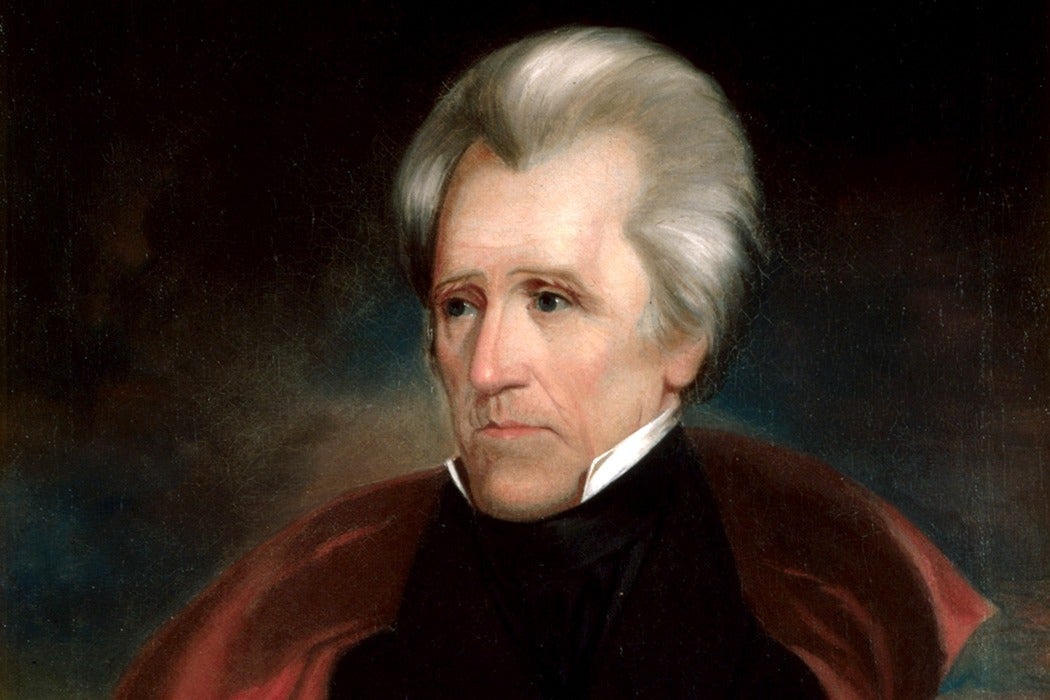Republicans and Democrats have been building their party platforms and fitting together the planks—their takes on the issues—in anticipation of their conventions. These metaphors of platform and plank are redolent of carpentry, which betrays their age: the first party platform was unveiled at the 1832 convention of Andrew Jackson’s Democratic Party. It’s short enough to quote in full:
The convention reposes the highest confidence in the purity, patriotism, and talents of Andrew Jackson, and most cordially concurs in the repeated nominations which he has received in various parts of the Union as a candidate for reelection to the office he now fills with so much honor to himself and usefulness to this country.
Although this sounds quaint, politics in the early American republic were anything but. It was rough and tumble and sometimes very violent. Jackson’s life is instructive: as a teenager, he was scarred by saber-slash from a British officer; he survived two life-threatening wounds received in duels; an assassin misfired twice at him at point-blank range; in 1813 he brawled with a former underling, Thomas Hart Benton, who would later become a U.S. senator.
And Larry David Smith thinks that 1832 statement essentially would have worked fine in 1988, his case-study-year for his examination of platforms as forms of institutional discourse.
The fact is that conventions in the 1980s, and today, are not so much about choosing a candidate as anointing one already winnowed out by the primary process (or incumbency as in ’88). Contested conventions, much talked of earlier this year, are now very rare. Convention platforms, in Smith’s words, “convert the individual campaigns of the primaries into the party contest that is the general election.” [Emphasis in original.]
Weekly Newsletter
The platform becomes “the only institutionally-approved statement of political philosophy” by the parties. The reason they’ve evolved into rather more elaborate documents than that 1832 paragraph is that parties are made up of disparate interests and factions. The U.S. barely fits into just two parties, so the platforms allow party factions to trade, compromise, and/or reconcile differences. They’re statements of intra-party politics more than anything else; as Smith notes, voters are often mistaken in thinking of the platforms as blueprints for future action by elected Presidents.
The proof of this might be to survey who actually reads party platforms in full, besides political scientists examining these “fascinating stages for partisan rhetoric,” that is.
Support JSTOR Daily! Join our new membership program on Patreon today.







